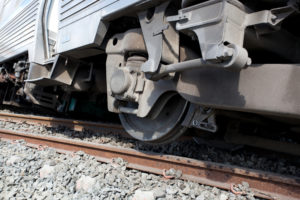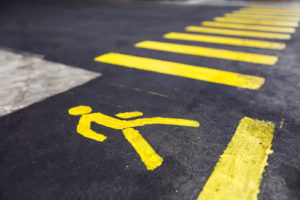Recording votes electronically is a bad idea. I take that back. It’s a horrible, no good, awfully rotten idea. And there is no way to make it better.
Unlike a physical record, altered data in electronic forms can be indistinguishable from unaltered information. This limitation cannot be overcome. In many scenarios other than electing a leader of the free world this is not a problem. For instance, the ability to reconstruct an infinite number of perfect copies of, a digital document is precisely what enables me to publish this blog entry and you to read it.
But voting is different. Bits, the one and zeros that make up all digital records, are inherently copyable, alterable, and short lived. They are easy to scramble and difficult to audit. In short, there is no way to make a purely digital ballot that’s as tamper resistant as cheap, tangible paper. Consider this: We have been using electronic cash registers and ATM’s for decades. What is your receipt printed on?
Unfortunately, there is a way to make this horrible idea worse. The problems of digital security exist even when the weakest points in the firewall (that’s us humans) have the best of intentions. Suppose instead of stalwart, civic minded champions of democracy your local election officials are like this:
If you’re eligible, I hope you will vote today. If you vote today, I hope all goes well. If it does not, there are those who can help: 1-866-OUR-VOTE is a national voter assistance hot line. The operators, lawyers, and volunteers provide state specific assistance immediately for all voters who encounter problems on election day, including—as a last resort when appropriate—legal action.

The Legal Examiner and our Affiliate Network strive to be the place you look to for news, context, and more, wherever your life intersects with the law.










Comments for this article are closed.